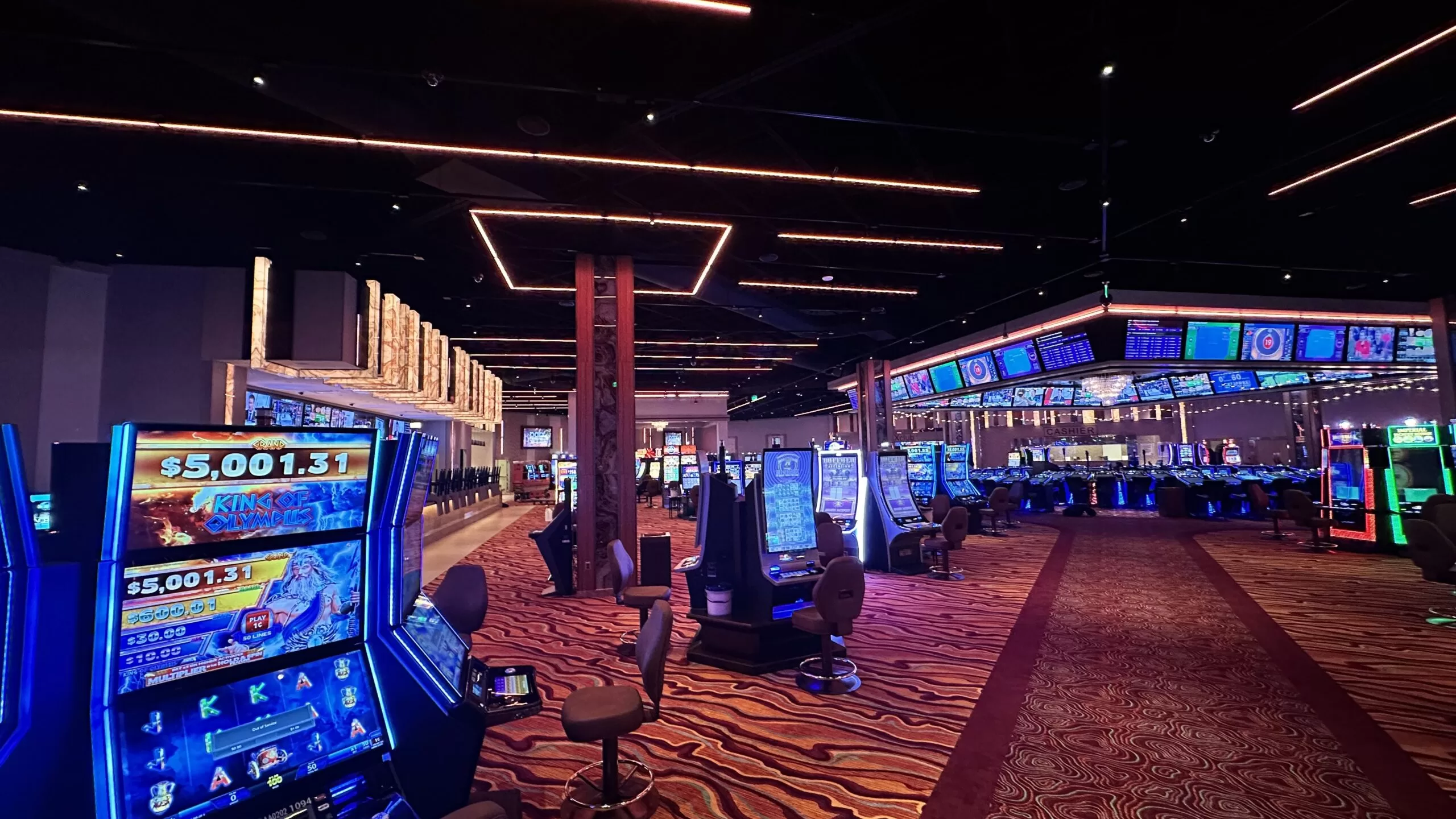The modern casino floor is far from random. Every single design choice, from the lack of clocks and windows to the careful color scheme, has been strategically crafted to entice customers into staying longer and gambling more. Researchers have identified a variety of psychological tricks casinos use in their layouts and features to encourage certain behaviors in visitors. Understanding some of the science behind these clever and calculated casino designs can make customers more aware of how their environments shape their actions.
No Concept of Time
Most casino floors contain no clocks or windows so that patrons lose their normal concept of time. Researchers have found that windowless environments disrupt people’s internal clocks and make them prone to overestimating how much time has passed. Without any glimpses of sunlight or other natural light cues that mark the passage of time, Just Casino goers can easily spend more hours gambling than they intended without even realizing it. These time distortions work in the casino’s favor. Statistical models suggest that for every extra minute a player gambles, the casino gains an edge of about 0.3%. So the longer patrons stay, the higher the casino’s expected revenue.

Carefully Studied Color Schemes
The dominant red and yellow hues prevalent in casino designs also influence behavior and emotion. Studies into color psychology find red can evoke excitement, confidence, and risk-taking in environments related to performance, while yellow can elicit feelings of optimism and cheer. These warm, vibrant colors contrast with the cool blue and green shades that tend to have calming effects. Consequently, the energizing reds and yellows prevalent in casinos theoretically keep patrons in an excited, upbeat move conducive to further gambling. Additionally, red and yellow can apparently make people more susceptible to temptations and impulse urges – also ideal for casinos looking to encourage more betting.
Immersive Interior Design
Casinos often omit right angles in their interior designs, instead opting for curved layouts and oval shapes that provide an immersive, escapist environment. The winding layouts entice visitors to explore their environments and get pulled deeper into the casino floors. Dead ends force patrons further into the gaming areas as they navigate to find exits. The oval shapes prompt people to traverse the perimeter of rooms again and again in loops. In effect, the layout subconsciously traps customers into circling back and passing by gambling opportunities over and over in patterns probably not seen outside casinos.
Slot Machines Positioning
Slot machines, the greatest revenue source for casinos, use visual psychology to capture customer attention. Their elevated heights force players to look up, which studies link to feeling more trusting. Slot machines also tend to be along circulating paths between popular casino areas. Their placement takes advantage of the human tendency to walk along diagonal lines rather than straight lines between destinations. Following these diagonal “desire lines” leads patrons directly past rows of slot machines. The machines also often sit beside inclined moving walkways that keep visitors walking effortlessly. Their positioning turns natural human movement and vision tendencies into more slot machine views and plays.
Sounds and Sights
The ambient sounds and lighting of casino floors influence both emotion and risk-taking behavior as well. For example, several studies have found that people gamble more in environments with soft background music and warm, low-level casino lighting. Researchers think that this comfy environment likely relaxes patrons, improves their moods, and encourages them to linger longer. As customers relax and unwind, they may be more open to gambling opportunities. In addition, the constant distant ringing of slot machines hitting jackpots and casino sound effects subconsciously remind people of possible big wins, which may encourage more betting attempts.
Inviting Scents
Some casinos even infuse their environments with carefully chosen ambient scents that theoretically make their venues more pleasant destinations that patrons enjoy spending time in and revisiting. Known as atmospherics and environmental psychology, the thoughtfully crafted sights, sounds, air temperatures, smells, and more of spaces influence people’s perceptions unconsciously. While research into casino scent diffusion systems is limited, services that provide custom scents to aviator real money game casinos claim their relaxing, inviting fragrance compositions that remind people of pleasing sensations like fresh flowers or fruit make gambling environments more appealing and comfortable places customers want to remain in.
Table Comparing Key Aspects of Casino Design Psychology
| Design Aspect | Psychological Impact | Behavior Result |
| No clocks/windows | Disrupts internal time perception | Overestimates time passed, longer stays |
| Red/yellow color schemes | Excitement, confidence, risk-taking | More motivation to gamble |
| Curved layouts | Immersive, explorative environments | Navigates patrons past more games |
| Slot machine placement | Diagonal lines more tempting | Effortless passes by machines |
| Sounds and lighting | Relaxation, improved mood | More openness to gambling |
| Soothing scents | Pleasant, welcoming atmosphere | Lingering and revisiting |
Understanding how calculated interior designs tap into angles, colors, sounds, scents, and more to subtly manipulate human tendencies helps shed light on why it can be so easy for many to overspend in casino settings at the moment. Still, knowledge of their psychological tactics can hopefully enable warier, more conscious conduct for customers who prefer restraint. Ultimately, casino environments flexibly flatter flaws in human judgment – but more aware patrons can still play responsibly.
